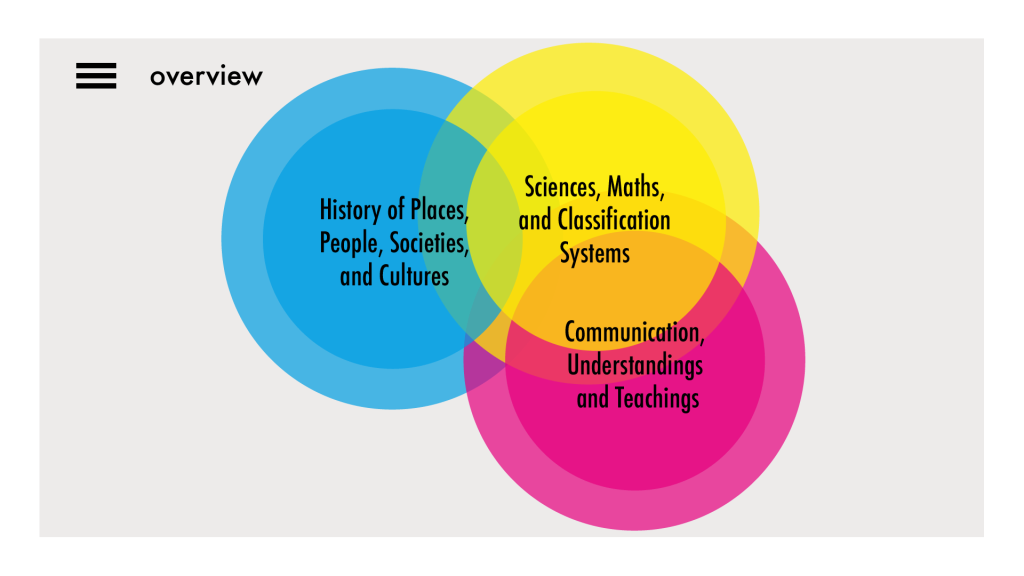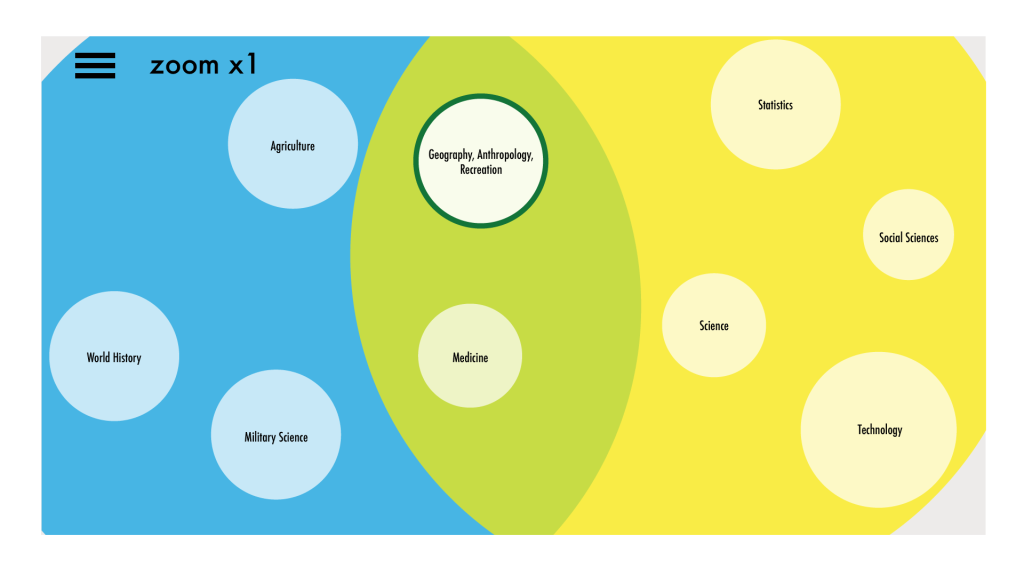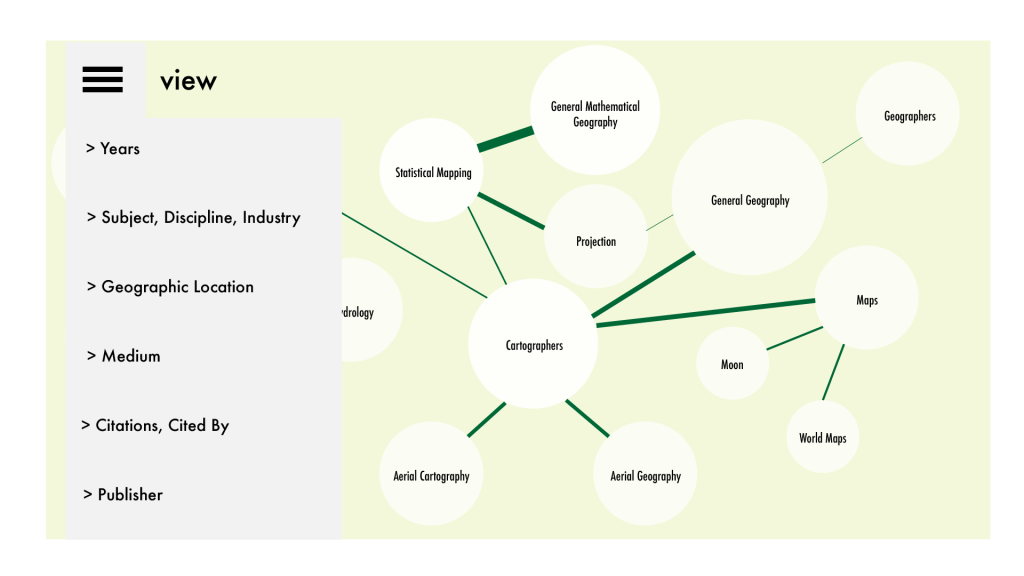During the holiday between semesters I visited New York City. At the Whitney Museum of American Art, on the third floor, I saw Jimmie Durham: At the Center of the World. I reached the exhibit just as a free tour was about to begin, so I thought I might as well follow along. About halfway through the tour, we reached a wall displaying various labeled artefacts. One label read,
I forgot what I was going to say.
The woman leading our tour explained how Jimmie’s artworks point out the displacement of items in museums. Museum-goers often don’t understand the context of the items they see. I felt some kinship with Jimmie Durham then. His artwork said what I am trying to do here in Scotland: contextualise information.
It’s not just in museums that context is lacking. We don’t see the context when we read online or browse bookshelves in a library, either. Information in any form can’t be understood without its who, what, where, when, why, and how.
(Of course modern-day interpretations are valuable, too! Context gives the historical perspective.)
Last semester I designed wireframes for a contextual search engine. Rather than beginning with a search bar, you could begin with high-level topics. Your first click would zoom into sub-topics instead of to a new website. You could even select multiple topics to zoom into simultaneously (making it easier to conduct interdisciplinary research).
I had libraries in mind when designing the wireframes. Libraries have digital information sources that complement their physical information sources (and vice versa), but current search interfaces make it difficult to identify such complementary relationships. So, I organised digital information and physical information into the same topics (a.k.a. the Library of Congress Classification).




Digital can do more than mirror the physical world, though. We could see how many citations are the same amongst a group of articles, a map of where information has been published about a topic, and time slider for this map to see when different parts of the world engaged with the topic, a diagram of works from the Enlightenment organised into the tree of knowledge that Enlightenment scholars believed in…
Stay tuned.
Leave a Reply to Tom Havens Cancel reply